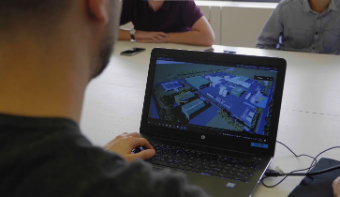Tool for Integrated Programming (TIP)
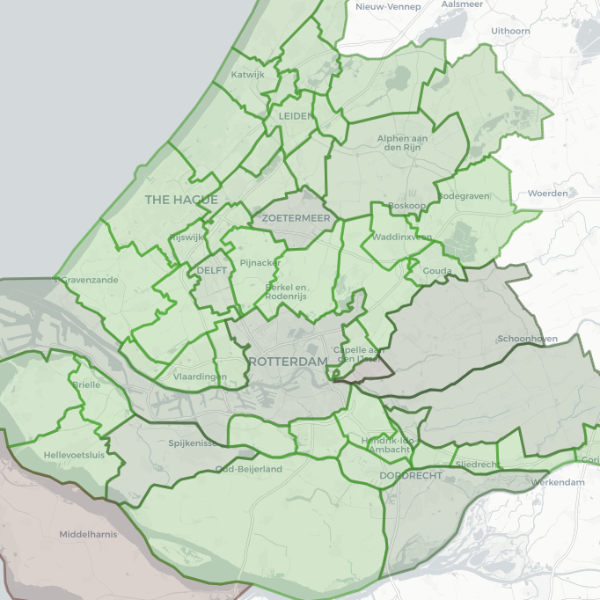
Tool for Integrated Programming (TIP)
The Tool for Integrated Programming (TIP) enables iterative design of the energy system, with a focus on the interactions between energy carriers, sectors, scale levels and impact on infrastructure. The TIP was developed at the end of 2024 by Witteveen+Bos and Quintel for the Province of South Holland and the Ministry of Economic Affairs and Climate Policy (now the Ministry of Climate Policy and Green Growth).
Regional energy system
The TIP is intended for policy officers, energy planners, ambassadors and energy advisors, among others. The tool supports the integrated programming of the regional energy system. As a design tool, it helps local authorities gain insight into the impact of policy plans on the regional energy system for the longer term (2040 & 2050). The TIP focuses on policy areas (‘developments’) in which a local or regional authority has room for manoeuvre and helps to explore the options available in these areas.
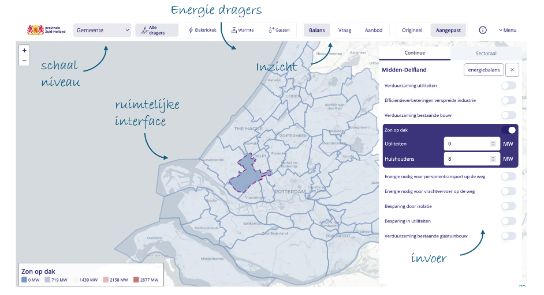
Integrated design with TIP
In order to accelerate the energy transition and achieve the climate targets, a joint, integrated programme for the regional energy system is necessary. Municipalities and provinces are responsible for making the heat supply more sustainable, stimulating electric transport and the generation of sustainable electricity.
Various policy documents are drawn up within integrated programming. These include an energy vision, a regional energy transition programme and an implementation programme. Provinces, grid operators, municipalities, Arnhem-Nijmegen metropolitan area and other stakeholders go through a joint process. Existing data, models and working methods did not offer sufficient possibilities for integrated design; spatially and across scales.

ETM scenarios at different scale levels
TIP is based on the Energy Transition Model (ETM), a mathematical model that can be used to simulate the energy system of a municipality, province or country in a target year. Our tool displays ETM scenarios at different levels of scale (municipality, province and/or RES region) next to/on top of each other and presents results in the form of energy balances and impact on energy infrastructure. This provides insight into the impact of choices at different levels of scale.
The TIP allows users to explore how provincial and Dutch government plans affect municipalities and regions and vice versa. And also: how these plans of municipalities and regions relate to provincial and national plans.
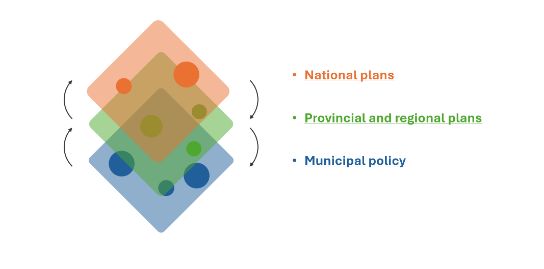
Loading II3050 scenarios
The user can load scenarios of their own choosing or scenarios from II3050. The user is then able to easily edit a number of numerical assumptions in the scenarios within the tool. The modified scenarios are then calculated by the ETM, where the results are loaded and spatially visualised with a GIS-based dashboard. In the current version, the has the following instruments to his disposal:
· New construction
· Savings through insulation
· Making existing construction more sustainable
· Expansion / contraction of greenhouse horticulture
· Making greenhouse horticulture more sustainable
· Solar-on-roof
· Solar-on-field
· Wind-on-land

Further development with partners
The first version of TIP is now live and in use, including a test programme. In the coming years, the tool will be further developed based on new requirements and current developments. Partly based on the user tests, the Ministry of Climate Policy and Green Growth is investigating whether and how it envisages the use of TIP by other provinces and RES regions and what the associated process would be.
The TIP was developed by a consortium including Witteveen+Bos, Quintel and Antea Group, with Stedin and TNO providing strategic input and valuable feedback being gathered thanks to a focus group with representatives from provinces, municipalities and grid operators.
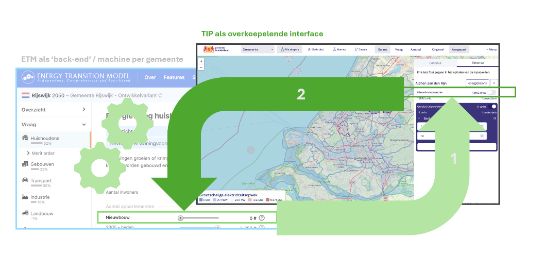
Benefits of TIP

Integrated and spatial design
Iterative design with attention to the interactions between energy carriers, sectors, scale levels and impact on Infrastructure.

Insight into the impact of choices
Gain insight into the effects of choices on the regional energy system and the associated infrastructure. Including visualisation via a GIS-based map.

Develop a joint vision of the future
Representatives of the province, municipality and Arnhem-Nijmegen metropolitan area can jointly build a quantitative picture of the regional energy system in 2050.
More information?

.jpg)
